By Jenn Gidman
Images by Dalton Johnson
Dalton Johnson hits the road in search of wildflowers and finds so much more with his arsenal of Tamron lenses for southwest valley photography.
Dalton Johnson is no stranger to the American Southwest, where he often travels to hike, rock-climb, and, of course, take pictures. But this spring, he took an extra-special three-week road trip to catch the brief window when the wildflowers were in bloom. “I started out in California’s Death Valley, then headed to Nevada’s Lake Mead and Valley of Fire State Park, Monument Valley and Sedona in Arizona, and Utah’s Valley of the Gods,” he says. “I did find the wildflower bloom—and isn’t that one of the points of photography, to try to take advantage of something unique that you know is about to happen? I also stumbled on the usual stunning landscapes and even some wildlife while I was out there.”
Dalton’s arsenal of trusted Tamron lenses accompanied him on his adventure, including the 17-28mm F/2.8 Di III RXD wide-angle, 28-75mm F/2.8 Di III VXD G2 zoom, and 70-180mm F/2.8 Di III VXD telephoto, which have served him well over the years in his photo and video work. Joining those lenses for his Sony mirrorless camera system this time was the Tamron 50-400mm Di III VC VXD ultra-telephoto, which offered Dalton even more versatility and reach as he explored the buttes, red rocks, and desert scenes of this spectacular region of America for his mountain valley photography.
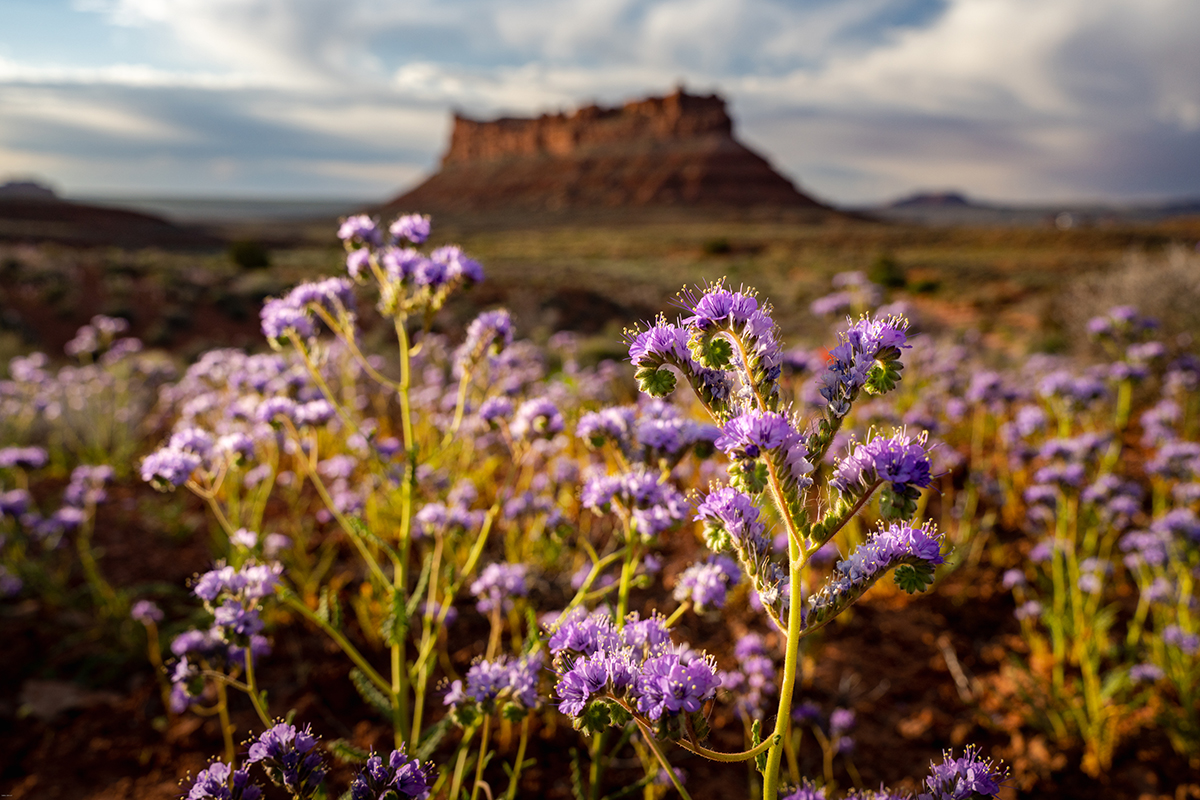
28-75mm (29mm), F6.3, 1/250 sec., ISO 200
“The 50-400mm has been a game-changer for me,” Dalton says. “I was able to easily switch between wide-angle and telephoto shots without having to change lenses,” he says. “My photos with this lens are incredibly sharp, and at just 7.2 inches long and weighing only a hair over 40 ounces, the lens is compact and light, which is exactly what I need when I’m on these rather physical excursions.”

50-400mm (223mm), F6.3, 1/80 sec., ISO 500
The rugged yet beautiful Southwest has long held a particular appeal for the California native. “Growing up in the Golden State, I was used to trees and lakes and granite mountains,” Dalton says. “Then I took my first backpacking trip to Zion National Park in Utah. I didn’t even know red dirt existed! Suddenly there was that for southwest valley photography, and unusually shaped rock formations, and cactuses—it was a paradigm shift in how I thought about landscapes, or about what landscapes could be.”
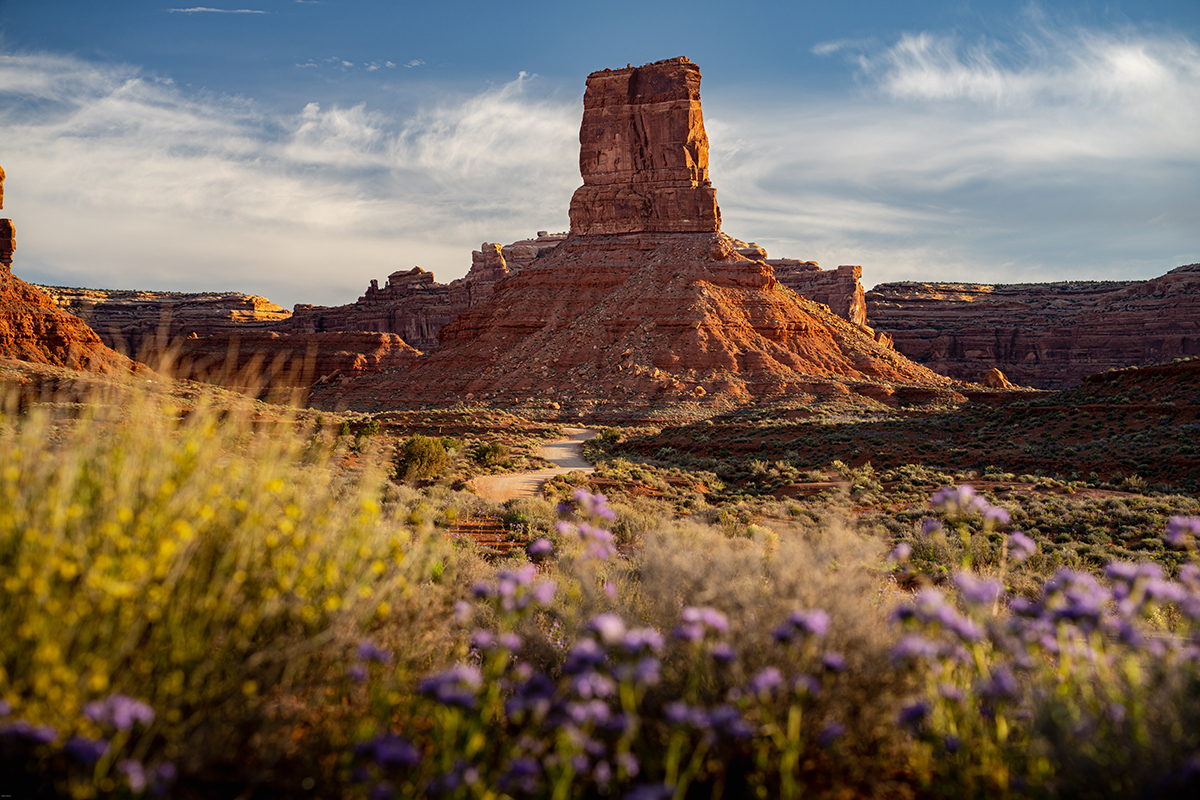
28-75mm (75mm), F5, 1/200 sec., ISO 200
DALTON’S QUICK TIPS
Time it right.
When photographing in the American Southwest, particularly in the dry and arid regions, timing is crucial for mountain valley photography to capture the best shots. Ideal light can be found during the early morning hours and late evening, when the sun’s angle is lower, creating softer, more flattering shadows. Avoid shooting during midday, when harsh shadows can be obscure and affect the overall quality of your images.
Be on the lookout for unusual photo opps.
Stay spontaneous and be alert for unexpected moments—the landscape almost always delivers. When I was in Monument Valley photographing the Mitten buttes, a group of wild horses wandered over, and one of the them positioned itself perfectly in between two of the Mittens. It was as serendipitous a situation as it could get, and because I had the versatile 50-400mm, I was able to zoom in and out until I was able to frame the lone horse just how I wanted it in the scene.
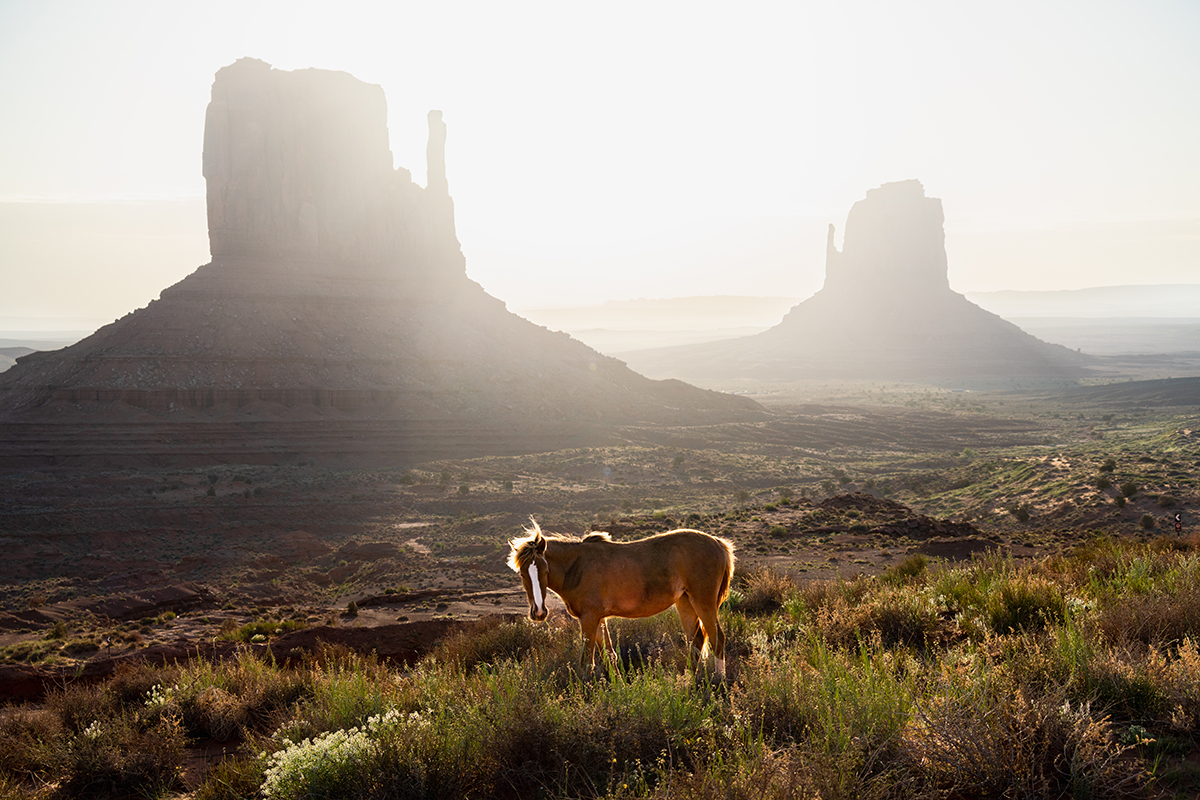
50-400mm (61mm), F6.3, 1/500 sec., ISO 200
The same applied to my hike in Sedona, where I photographed the sunburst you see here. I definitely hadn’t planned ahead of time to do that—in fact, there’d been harsh lighting all day long, and I wasn’t optimistic on the photos I’d get. But as we hiked to one of the summits, the clouds moved in and an opportunity opened up for me. By capturing the sunburst, it effectively created three layers in the image: the sun-kissed rocks in the foreground, the sweeping green terraces, and then the sunburst that pulls you into the back of the picture.
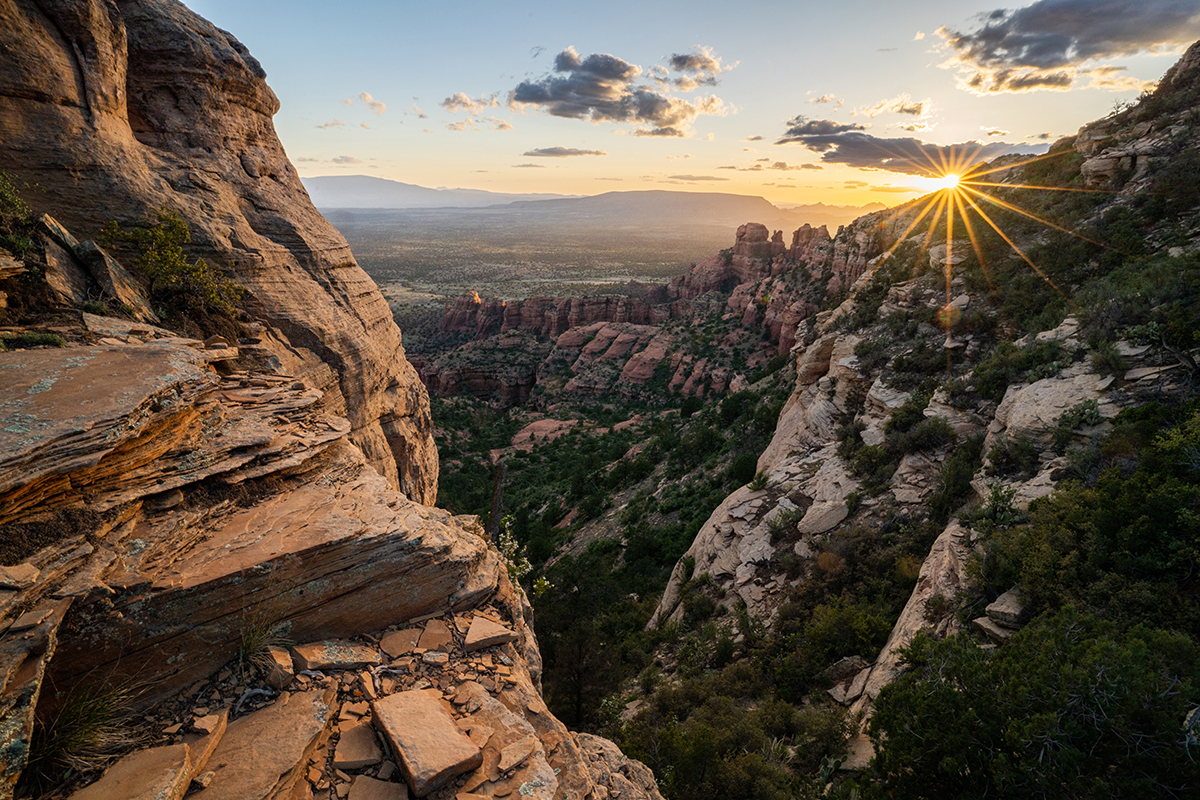
17-28mm (17mm), F22, 1/25 sec., ISO 500
Revisit your favorite locations.
The Monument Valley butte you see here at sunset is one example of a site that I like to circle back to. If you have a place where you love taking mountain valley photography pictures, and you have the proximity and ability to go back at various times of the year, do so. The light often hits differently, depending on the season you visit, which can offer you significantly different photos. In many of the Southwest regions, if you go during the shoulder season or during monsoon season, which is June through September, you’ll often be treated to dramatic clouds and stormy skies. If you go in the winter, a blanket of snow can change the entire scene. And in late July and August, the Milky Way makes its best showing in the night skies, if you’re into astrophotography.
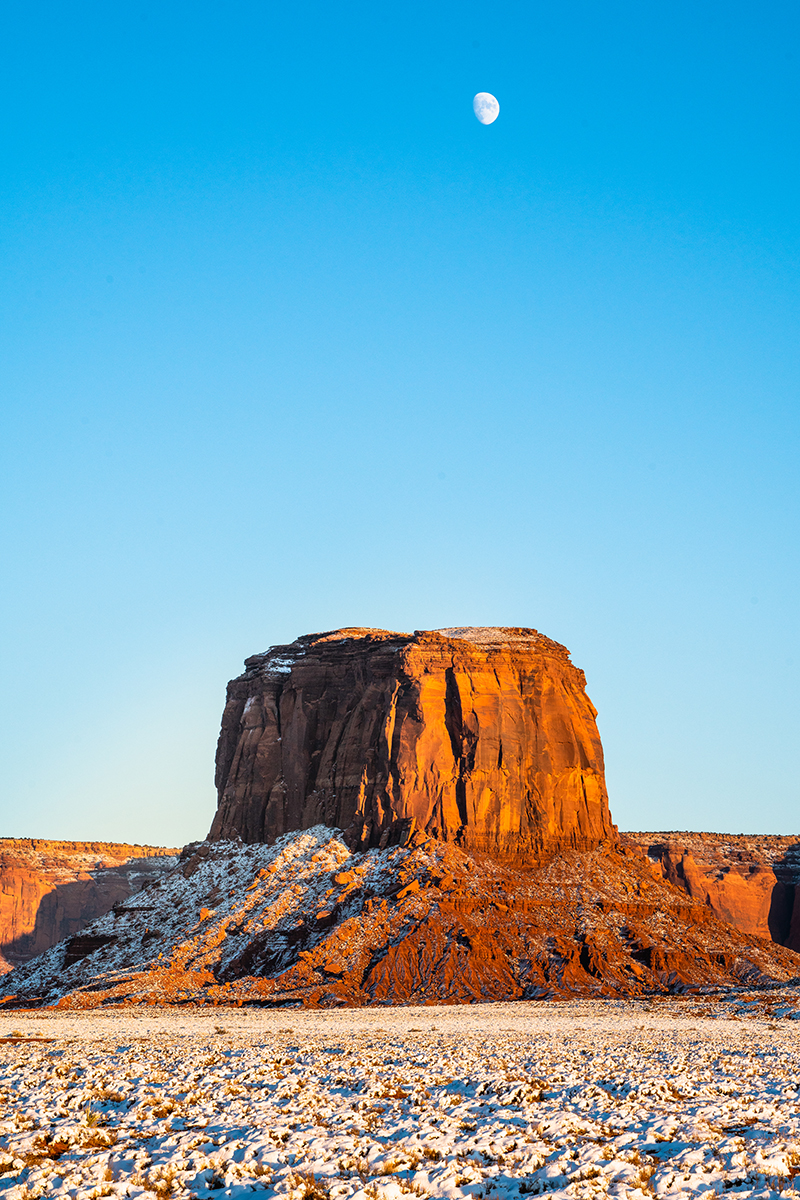
70-180mm (101mm), F14, 1/125 sec., ISO 200
To see more of Dalton Johnson’s southwest valley photography, go to www.daltonjohnsonmedia.com or check out his Instagram.
Is your Tamron News subscription up to date? Click to subscribe to all editions of Tamron News featuring how-to tips, new product news, contest announcements and inspiration!